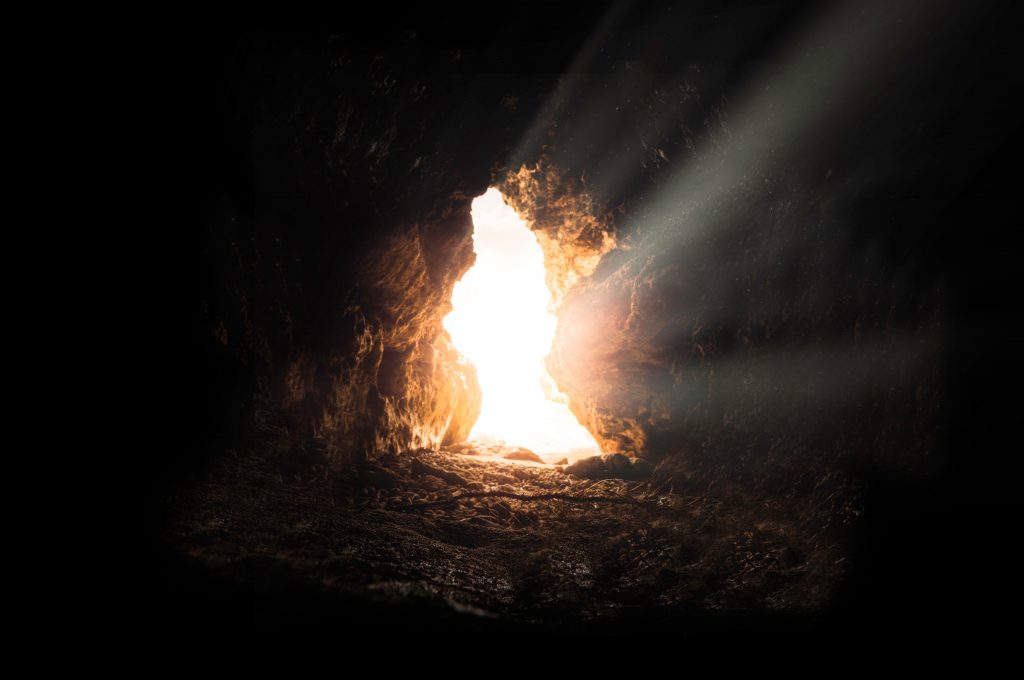
One more requirement of those peskily unreliable witnesses:
- Eyewitnesses must be credible.
By that we mean that they must back up their story with evidence of believability. Attorneys will go to great lengths to discredit opposing witnesses by looking for inconsistencies in their stories or by pointing out actions by the witnesses that put the lie to what they’re claiming. It can be as simple as a financial motive (the grieving widow recently took out a million-dollar life insurance policy on her late husband) or behaviors that contradict official testimony (the “disabled” witness gets out of his wheelchair and walks when he thinks no one is watching). Television shows about private eyes have given us thousands of plot lines that illustrate this concept.
So how do the eyewitnesses to the resurrection stack up against this criterion? Well, since we don’t know who the 500 disciples were that saw Jesus at once (1Co 15.6), we can’t evaluate them. But we do know quite a bit about the 11 disciples. We know that at Jesus’ arrest, “all the disciples left him and fled” (Mt 26.56). We know that at Jesus’ first post-resurrection appearance to them, they were huddled in a locked room “for fear of the Jews” (Jn 20.19). And yet less than 2 months later, Peter stood before a skeptical crowd in Jerusalem (Ac 2.12-13) and said, “Let all the house of Israel therefore know for certain that God has made him both Lord and Christ, this Jesus whom you crucified!” (Ac 2.36 ESV). And shortly later, he stood in the Temple complex (Ac 3.11) and cried, “You denied the Holy and Righteous One, and asked for a murderer to be granted to you,and you killed the Author of life, whom God raised from the dead. To this we are witnesses!” (Ac 3.14-15). And the next day (Ac 4.3), after a night in the slammer, Peter looked the rulers of Israel in the face and said, “Whether it is right in the sight of God to listen to you rather than to God, you must judge, for we cannot but speak of what we have seen and heard!” (Ac 4.19-20).
Does this fellow sound like he thinks he’s making stuff up?
Early church tradition tells us that 10 of the 11 went to their deaths for the story they were telling—for any of them, a simple retraction would have saved their lives and in most cases stopped a gruesomely painful execution. The one exception is John, who died a natural death—after a stint at slave labor in the Patmos salt mines in his 90s.
How reliable is the early church tradition? Well, it’s not Scripture and thus not inerrant and authoritative, and some of the traditions are not well attested. But we do have excellent evidence for Peter, Thomas, and Andrew (and of course biblical evidence for James in Acts 12), and the other stories are credible as to the major facts, especially in light of the extensive persecution under Rome in the late 1st century. “They were not liars. They truly believed Jesus rose from the grave and they were willing to give their lives for it” (Sean McDowell).
This evidence completely undercuts the earliest “explanation” for the resurrection—that the disciples stole the body of Jesus while the Roman guard slept (Mt 28.11-15). Any investigator will tell you than when you’re interrogating a gang, you split them up, interview them separately, and then figure out who’s the weakest link. Then you come down on him like Nebuchadnezzar on Jerusalem. You tell him his friends are saying that he did it—that they’re going to be released, and you, my poor friend, are going to prison for life. And the weak link will snap, and he’ll tell you everything you want to know, so that he doesn’t have to pay the price for everybody.
Nobody did that. Nobody broke.
They all stuck with the story through the bitter end, paying the price, painfully, with their lives.
Now that’s credibility. These people did not steal the body.
So what do we have?
We have multiple eyewitnesses, whose claims are consistent with one another, who are describing events that they simply couldn’t have imagined in good faith, and who demonstrated their credibility by dying for the story.
That’s really good evidence.
Next time, we’ll turn to the forensic evidence.
Photo by Bruno van der Kraan on Unsplash

Leave a reply. Keep it clean.